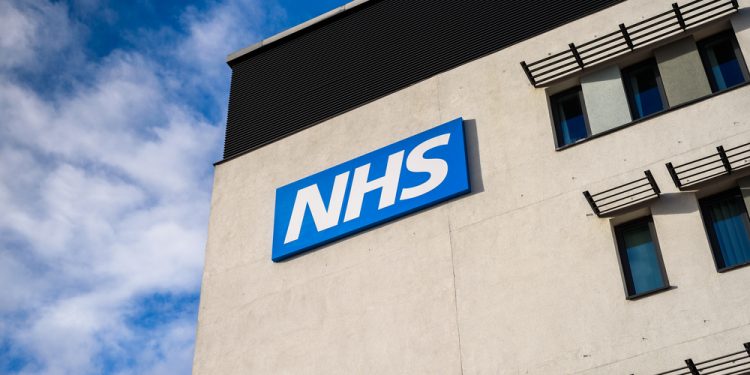NHS wait times could exceed eight million people next summer if current trends continue, according to findings from the Health Foundation.
The organisation’s analysis models four different future scenarios looking at the prospects for reducing the waiting list by the end of 2024.
It shows that, on current trends, the waiting list could peak at 8 million by August 2024 if there is no further strike action, before starting to fall. If strike action were to continue it warns the waiting list could be 180,000 higher.
According to the analysis, industrial action by consultants and junior doctors has so far lengthened the waiting list by around 210,000, just 3.0% of the overall size of the list, which totalled 7.75 million at the end of August 2023.
The analysis also points out that strikes are also likely to have indirect impacts, by squeezing NHS finances and diverting management attention away from productivity improvement.
NHS England’s elective care recovery plan, published in February last year, included an expectation that it would be falling by March 2024, while in January of this year, the prime minister pledged that “NHS waiting lists will fall and people will get care more quickly.”
But the Health Foundation’s analysis also features an interactive ‘waiting list calculator’ which includes illustrative better and worse case scenarios. Only in the better case scenario, where the number of completed treatments grows by 10.4% a year – a third faster than currently – would the waiting list fall to the same level as when the prime minister made his pledge by the end of 2024.
The expectation set out in the elective care recovery plan would not be met under any of the scenarios.
The analysis also shows that monthly referrals for treatment have returned to pre-pandemic levels,, with monthly treatments growing at a faster rate than pre-pandemic and the NHS responding well.
But the waiting list is still rising as the number of treatments does not yet exceed the number of referrals.
And the Health Foundation further warns efforts to reduce the waiting list could also be disrupted by a new wave of Covid or a bad winter flu season, or by cutbacks to hospital care as a result of financial pressures.
Charles Tallack, director of data analytics at the Health Foundation, said: “Despite the progress made by the NHS in increasing activity, the waiting list for elective care in England has now reached over 7.7 million, and is likely to continue to grow for several more months.
“Behind these numbers are people anxious for a diagnosis, patients in avoidable pain and lives put on hold.
“While industrial action has a range of impacts on NHS organisations, the strikes have only directly resulted in a small increase in the size of the overall waiting list.
“Ministers have been quick to blame industrial action for the lack of progress in reducing the waiting list but the roots of this crisis lie in a decade of underinvestment in the NHS, a failure to address chronic staff shortages and the longstanding neglect of social care.
“The pandemic heaped further significant pressure on an already stressed system but waiting lists were already growing long before Covid.
“Eliminating the backlog for elective care and returning waiting times to 18 weeks is entirely possible – it was done in the early 2000s and it can be done again. However, it will be very challenging and will require sustained focus, policy action and investment.”






